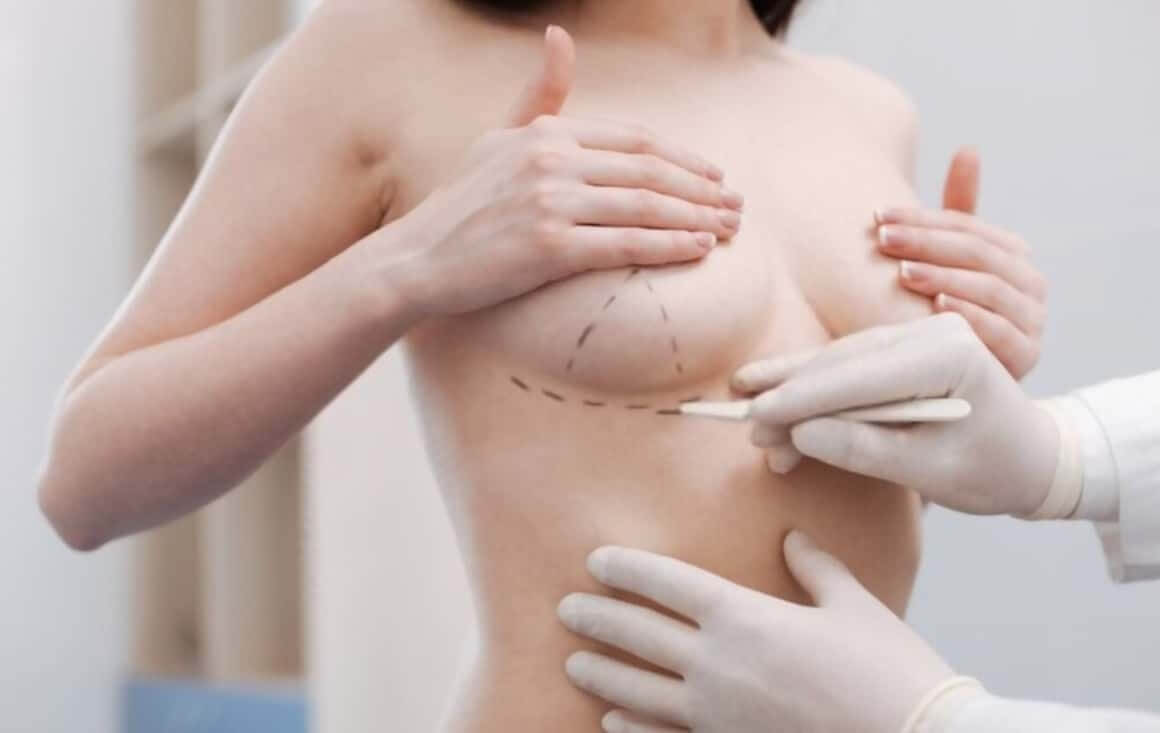
A trans-umbilical breast augmentation is a breast prosthesis insertion technique wherein the incision is at the umbilicus (navel), which dissection then tunnels superiorly, to facilitate emplacing the breast prosthesis to the implant pocket without producing visible surgical scars upon the breast hemisphere; but it makes appropriate dissection and device-emplacement more technically difficult. A TUBA procedure is performed bluntly (without endoscopic assistance), and is inapplicable to emplacing (pre-filled) silicone-gel implants, because of the great potential for damaging the elastomer silicone shell of the breast-implant device during its manual insertion through the short, two-centimetre (3/4"), incision at the navel, and because pre-filled silicone-gel implants are incompressible, and cannot be inserted through so small an incision.
Breasts that exceeded the aesthetic standards of the time presented women with a range of cosmetic, psychological and functional problems. Breast reduction is one of the most common plastic surgeries in this regard. Correct preoperative analysis will help you successfully complete the process and obtain the desired image.
Mastopexy, also known as breast augmentation surgery, is one of the solutions to breast tissue problems that occur during pregnancy, breastfeeding, menopause, and weight loss. This surgery is performed to correct an unaesthetic appearance in patients with volume loss, loose skin and cracked flabbiness.
Fat from another part of the body can be injected into this area to correct the chest volume deficit. In this way, you can enlarge your breasts to a certain size. It should be noted that the results of such operations may not be permanent. The reason is that the body can metabolize fats.
reconstructive mammaplasty breast reconstruction after mastectomy, done as an alternative to breast forms and specially designed brassieres to achieve a more normal appearance of the breast. If this procedure is chosen, it is usually considered to be just one stage in the total plan of treatment for breast cancer.
Gynecomastia is a disease caused by overgrowth of breast tissue, which is accompanied by a change in the shape of a man's breasts. This problem is more common in men aged 15-40. It is clear that this problem, which causes discomfort and unaesthetic appearance in men, can be solved with surgery.